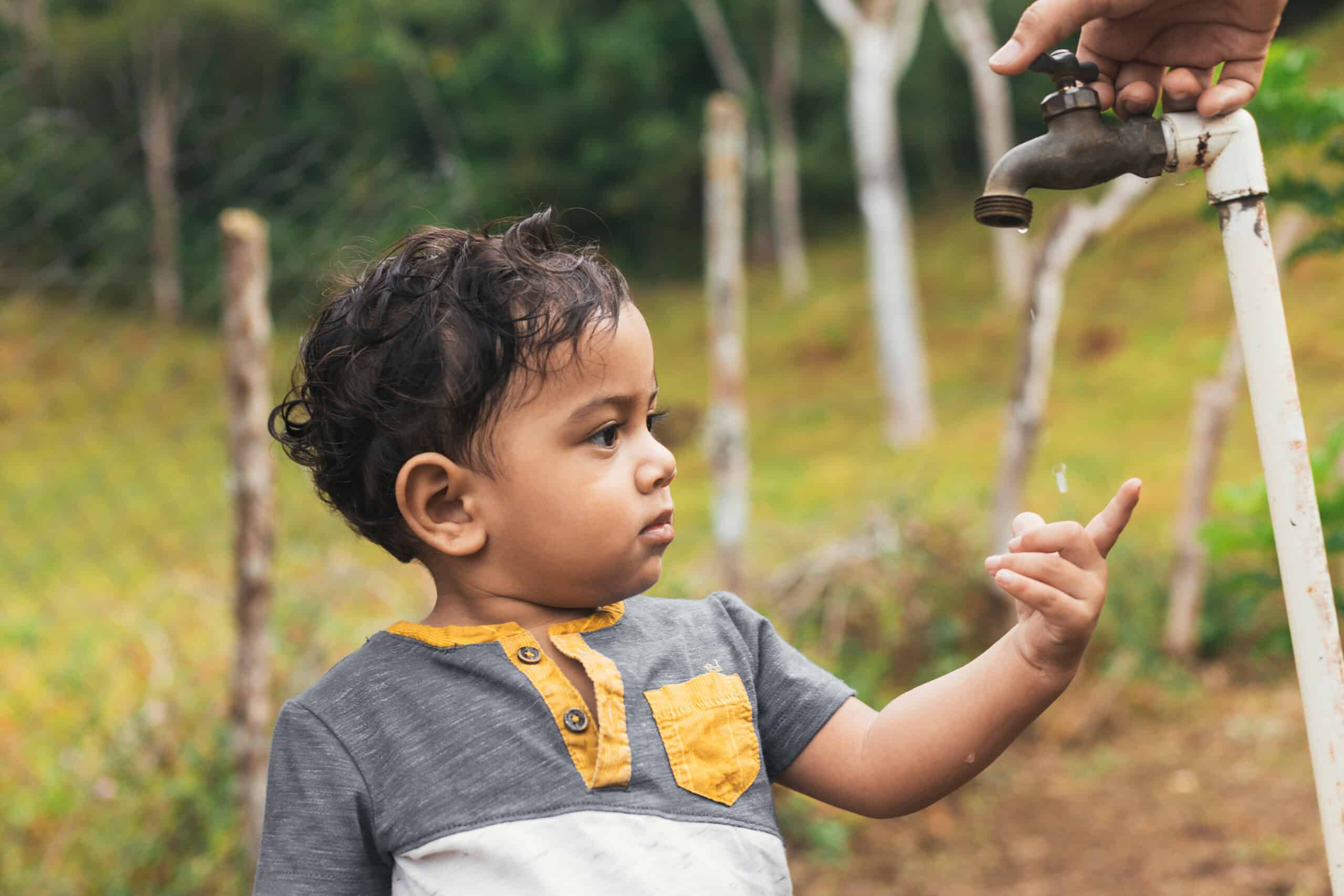You know that feeling when something stops you in your tracks?
A rainbow after the rain, a whale breaching, a song that gives you chills. That’s wonder. And while it may feel like magic, scientists are discovering that wonder isn’t just in our minds—it begins in our bodies and nervous system (1).
Our eyes widen. Our skin tingles. Sometimes we even gasp.
These reactions are clues: wonder is a full-body experience. And understanding how it works can help us feel more alive, more connected, and even more healthy (4).
As we slow down and notice our bodies’ reactions, we open the door to deeper shifts in how we think and feel. This echoes what we explored in The Neuroscience of Words, where language reshapes brain circuits. Curiously, wonder also taps into the brain’s hardware: our attention, perception, and sense of self all shift in these moments.
For families and classrooms, that means we can intentionally invite small moments of awe into daily life to support mental, physical, and social wellbeing.
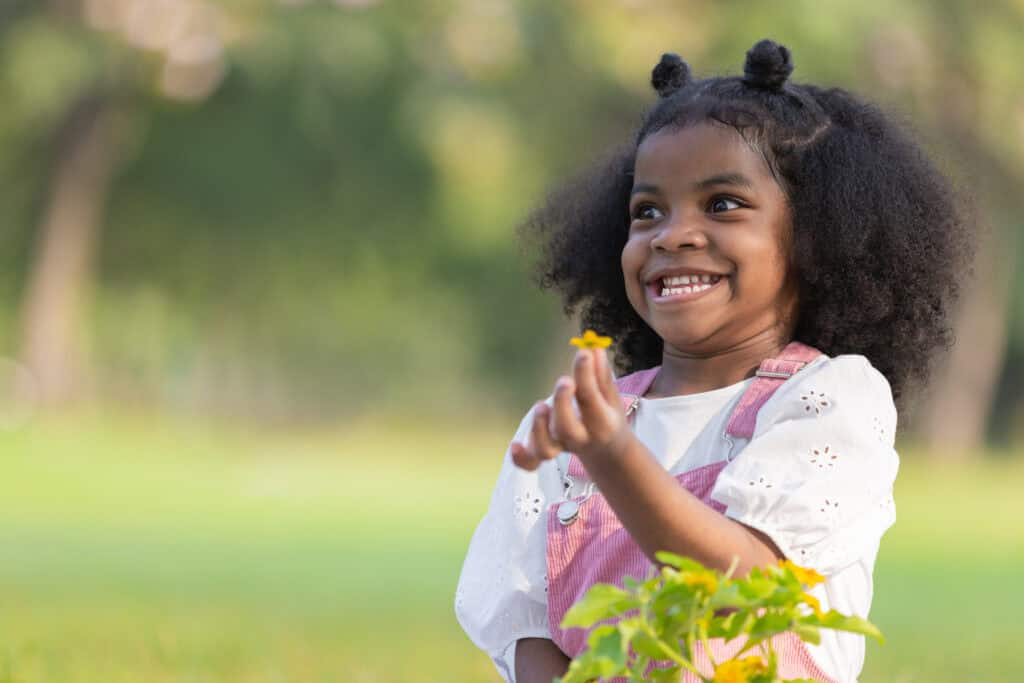
A quick note on evidence: while findings are encouraging, we don’t yet know the full extent of awe’s long-term impacts on mental and physical health. Think “promising and practical,” but still an active area of learning for researchers, schools, and families alike.
Awe Lives in the Nervous System
When we experience awe, something surprising happens inside us. Our heart rate may slow down, we breathe more deeply, our brain’s attention system turns outward, and our sense of “me” gets quieter (1, 4).
This shift is a result of the parasympathetic nervous system—the part of our body that helps us relax and feel safe—kicking in. It tells our brain: pay attention, something special is happening; take it in.
Researchers call awe a self-transcendent emotion, because it helps us step outside our own busy minds and feel part of something bigger. It might be nature, a piece of music, or even the feeling of deep connection with someone else (6).
Just remember, not everyone feels awe in the same way or from the same cues. For some, choirs do it, for others-stargazing, for some children, it’s ants on the footpath. Both intensity and comfort levels vary—across individuals and cultures – and that diversity is normal.
This resonates with what we see in Bilingualism and Empathy in Childhood, where cultural, linguistic, and individual differences shape how children perceive and relate to others. Just as language and empathy are filtered through unique backgrounds, so too is our experience of awe.
Because awe intensity and comfort can vary, some people may feel uneasy or overwhelmed during certain cues; always offer opt-outs, softer alternatives, and pacing, especially with younger children or sensory-sensitive students.

Neuroscience Insight
In lab studies, brief awe experiences reliably expand perceived time—people feel they have more time available and become less impatient. That “extra time” feeling links to better moment-to-moment regulation and prosocial choices (8).
Additionally, awe can co-activate the vagal “brake” (seen in HRV/RSA shifts) and the brain’s mesolimbic reward circuitry during peak emotional moments (e.g., music-evoked chills). That means awe is not merely “relaxing”—it’s a calm-yet-energised state that helps you take in new information while flagging salience with reward (9).
For parents and teachers, this explains why pausing—even for 30–60 seconds—to notice something astonishing can reset attention and mood. Building brief “pause-and-notice” rituals makes the science practical.
Learning mindset: because science is still evolving, treat your awe practices as mini experiments—observe what helps each child (or you), iterate, and share what you discover.
The Body’s Reaction to Wonder Is Ancient—and Smart
We don’t just imagine awe. We feel it—often before we even know why. In one study, scientists found that people who experienced wonder while watching Earth from a space simulation showed changes in brainwaves, heart rate, and even facial expressions like wide eyes or open mouths (5, 7).
These reactions aren’t random. Evolution may have wired us this way to pause when we come across something beautiful, mysterious, or vast. That pause helps us take in new information and re-organise our understanding of the world (1). It may help us update our mental models when we confront vastness or beauty.
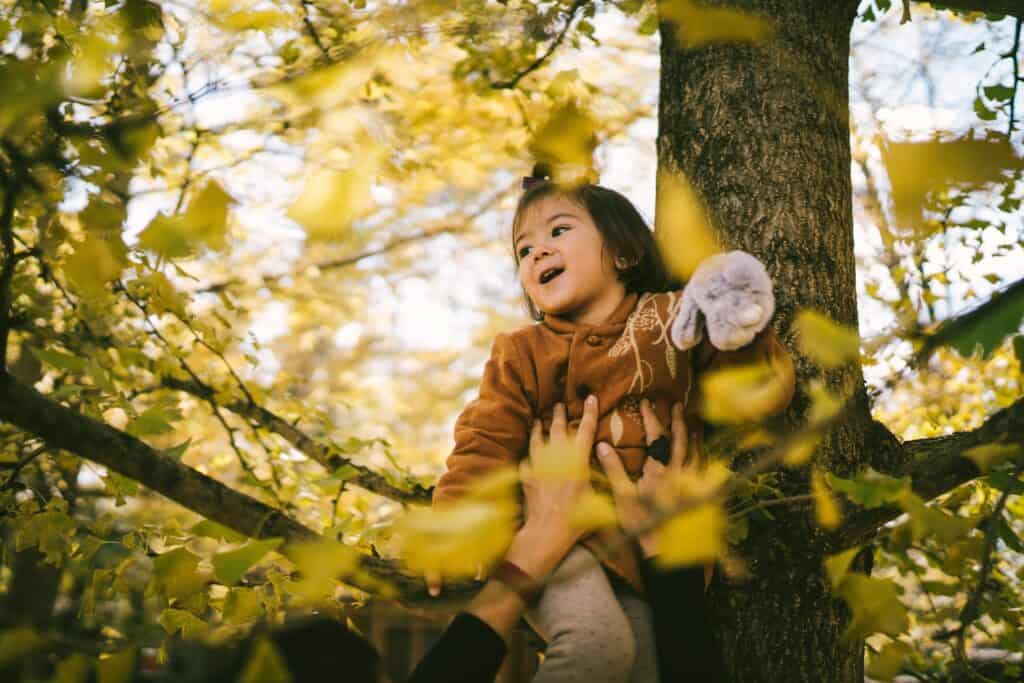
Still, it’s helpful not to oversimplify. While awe can feel like a “biological invitation to reconnect,” responses differ by person, culture, and context. Some may feel calm; others may feel small in an uncomfortable way. Offering choice, cultural relevance, and gentle pacing keeps awe experiences supportive, not overwhelming.
If a cue isn’t landing—change the door (sound → sight → movement), change the scale (vast sky → tiny leaf veins), or change the pace (90-sec clip → 20-sec stillness). Effectiveness depends on the fit for each person.
Wonder Helps the Body Heal
Not only is wonder emotionally powerful but it is also physically healthy. Experiencing awe has been linked to:
- Lower stress and fewer somatic symptoms in daily-diary studies (2)
- Reduced inflammation associated with discrete positive emotions, with awe the strongest predictor among them
- Improved wellbeing, including reduced depressive symptoms in an RCT using a brief awe practice (3)
- Improved immune function as awe’s parasympathetic, present-focused state appears to down-shift stress physiology and support immune-related pathways
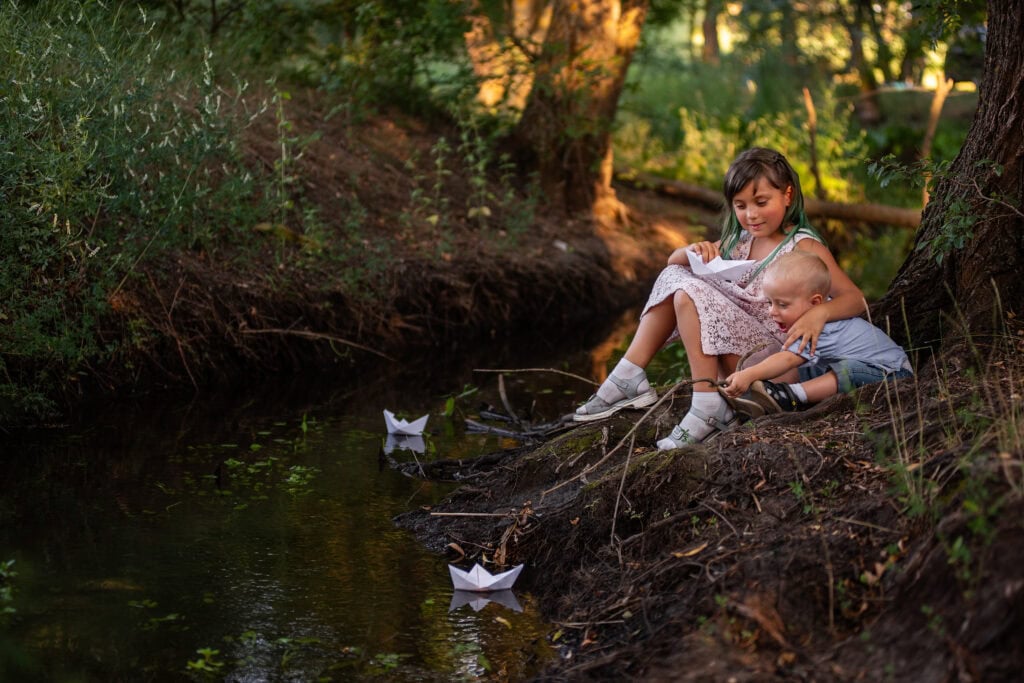
Why? Because when we experience awe, our bodies enter a more relaxed, present state. That helps regulate stress hormones and boosts healing systems in the body (1).
So that moment of goosebumps you felt in the forest or while watching the stars? That was your nervous system saying: You’re safe. You’re connected. Stay here a moment.
At the same time, there’s more to learn: results can vary, and not every study shows the same size of benefit. Keep expectations realistic and curious.
To make this reliable, teach kids (and yourself) to pause on purpose: “Let’s take one slow breath and name one far thing, one near thing, one tiny detail.” The habit of pausing is what turns a lucky moment into a wellbeing tool.
PAUSE AND REFLECT
When did you last feel very small in a good way (the “small self”)?
What were you noticing first—sound, sight, or sensation?
How could you build a 30-second wonder pause into school drop-off, dinner time, or bedtime?
Kids Feel It Easily—Adults Can Learn It Again
Children are naturally tuned to wonder. Everything is new! But as we grow older and busier, we start to ignore those “wow” moments. The good news? We can train ourselves to wonder again.
Researchers say awe is more accessible than we think. It’s in the tree outside your window. The kindness of a stranger. Even in the everyday miracles of your own body. All we have to do is slow down and notice (6, 7). Because experiences differ, offer multiple “doors” into awe—music, movement, making, nature, story—so every child (and adult) can find a fit. Invite culturally familiar cues alongside new ones to keep it inclusive.
Remember: not everyone will feel awe from the same practice, and some may prefer quiet curiosity over big “wow” moments—both are valid.
For children especially, wonder is natural and frequent. In our blog post on Why “Silly Words” Are Serious Business, we talked about how playful, nonsensical language helps children engage with novelty and surprise. Wonder is another kind of novelty—if we scaffold it, we can reclaim it in adulthood.
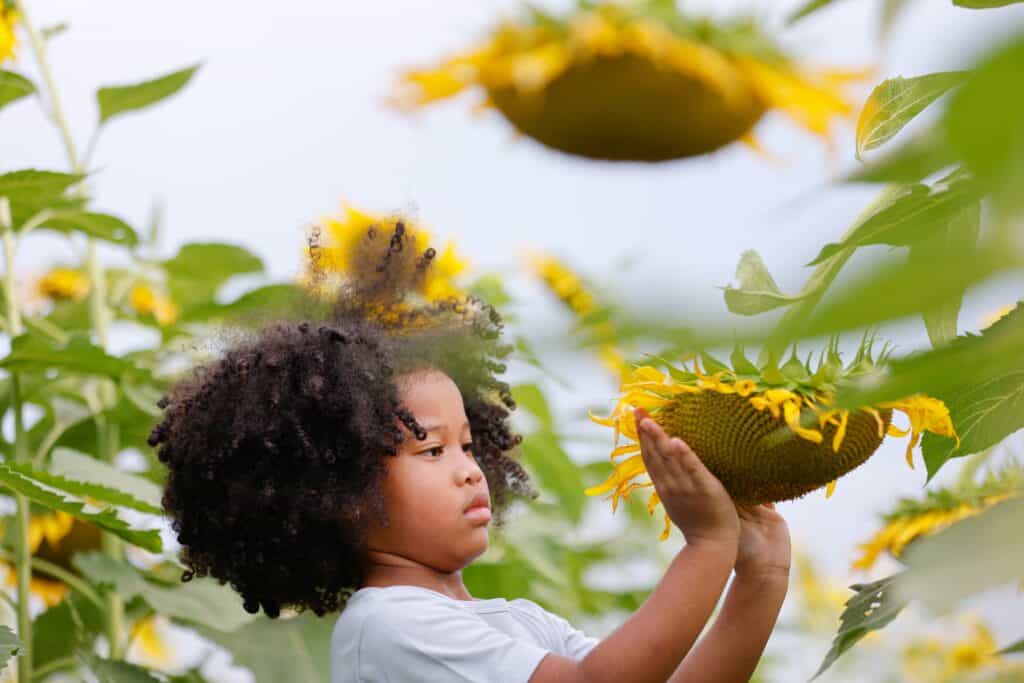
Actionable steps
Time-Stretch Scan (60 seconds)
How: Look at one “vast” thing (skyline, tree canopy, night sky). In your head, count three distant details → two mid-range details → one tiny texture. Slow your exhale.
Why it works: Brief awe expands perceived time and reduces impatience; the quick exhale tilt helps the vagal “brake” engage.
Tip: Invite kids to draw or photograph their tiny texture—this makes the pause sticky.
Chills-Optional Awe (90 seconds)
How: Cue a favourite awe track or nature clip. Instead of chasing goosebumps, list three emotions or thoughts that arise (“curious,” “small,” “grateful”).
Why it works: Goosebumps aren’t required for authentic awe—tracking appraisals catches awe even when piloerection doesn’t show up.
Note: If a track feels too intense, lower volume, shorten the clip, or switch to a gentler cue. Inclusivity beats intensity.
Calm-Reward Switch (2 minutes)
How: Sit comfortably. Phase A (45s): Lengthen exhale (in 4, out 6). Phase B (45s): Play a 45–60s musical peak or watch a short “wow” clip. Phase C (30s): Quiet stillness.
Why it works: Pairs vagal calming (Phase A) with reward/salience tagging (Phase B), creating that calm-yet-energised awe state.
Great before tests, assemblies, or bedtime reading.
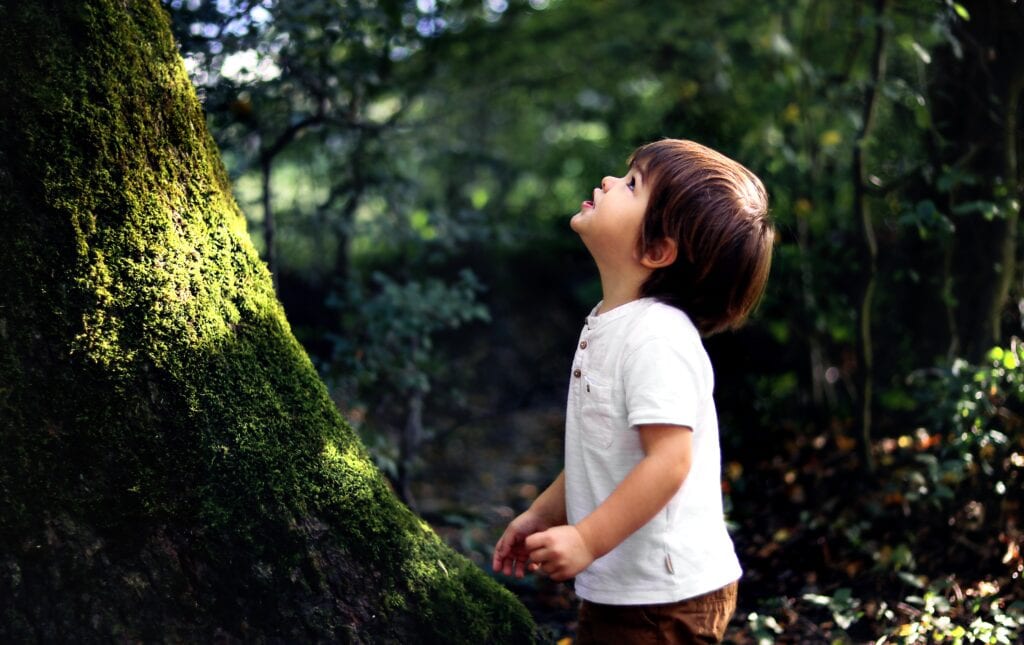
Small-Self, Big-World Reframe (1 minute)
How: Finish any awe moment by completing this sentence: “Right now, I’m a small part of ___, so I will ___.” (e.g., “this city’s dawn → text thanks to my team”).
Why it works: Awe’s “small self” reliably increases social connectedness and prosocial intentions—turn the feeling into a micro-action.
Classroom twist: “I’m a small part of our class project, so I will ___ today.”
Micro-Safari v2 (3 minutes)
How: Choose a 1-metre square (desk, pavement, garden). Catalogue 5 surprising features (pattern, sound, motion, texture, temperature). Take one photo as a “record.”
Why it works: Fast, deliberate novelty-seeking cues attention widening without needing big nature—ideal for repeatable daily awe.
Accessibility tip: For sensory-sensitive students, let them choose the sense (e.g., only visual) and set opt-out options.
Awe Bookend (AM/PM, 30 seconds each)
How: Morning: name one thing you’ll try to see as if “from space.” Evening: log one “awe cue” you noticed (light, scale, generosity).
Why it works: Tiny implementation intentions keep the time-expansion effect and connectedness gains rolling across the day.
Family version: stick a small notepad on the fridge titled “Today’s Wow.” Add one line at dinner.
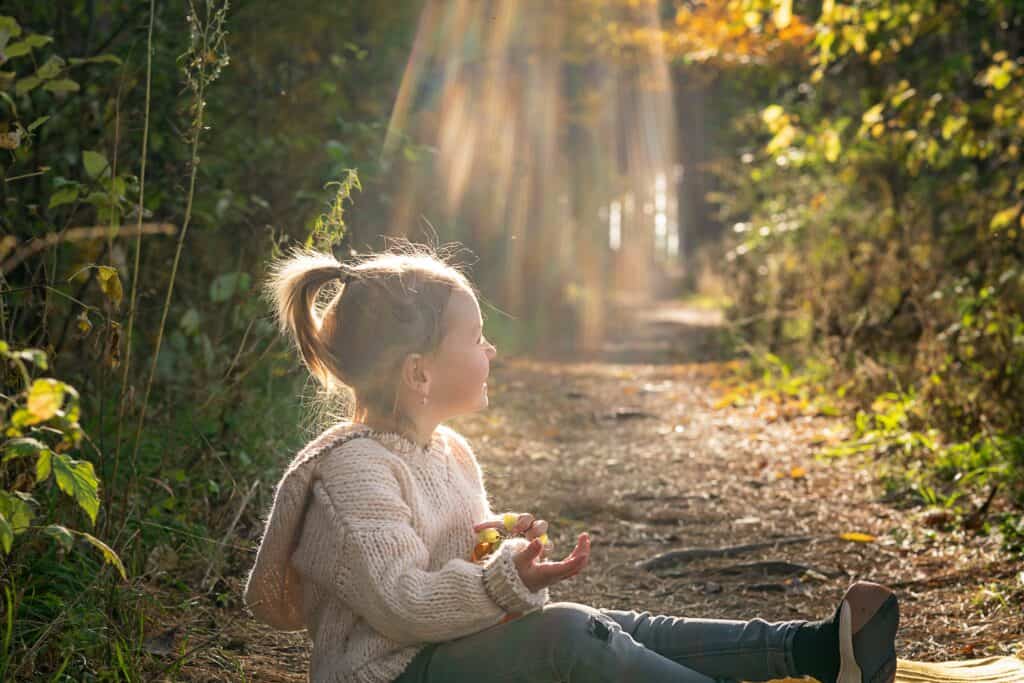
Collective Awe (weekly, 10–30 minutes)
How: Schedule a class, staff, or neighbourhood ritual—lantern walk, skywatch, three-song choir reset, student-led “nature minute,” or cultural storytelling circle.
Why it works: Shared awe strengthens belonging and trust, and lets children see many culturally diverse paths into the same feeling.
Cultural Connection
Awe scales from the individual to the collective. Around the world, shared rituals (from lantern festivals to choirs and vigils) reliably produce self-transcendent states that soften the “me,” widen identity, and strengthen bonds with others.
Collective awe moments act like a social reset: people coordinate attention, feel more similar to one another, and update what the group values as “important now.”
Over time, repeating small, low-cost awe practices (sunset meet-ups, micro-concerts, neighbourhood skywatching) can nurture belonging while keeping barriers to entry low—especially when we honour cultural variation in what feels awe-ful, safe, and meaningful.
Invite communities to co-design the cues (music, language, symbols) so everyone sees themselves reflected.
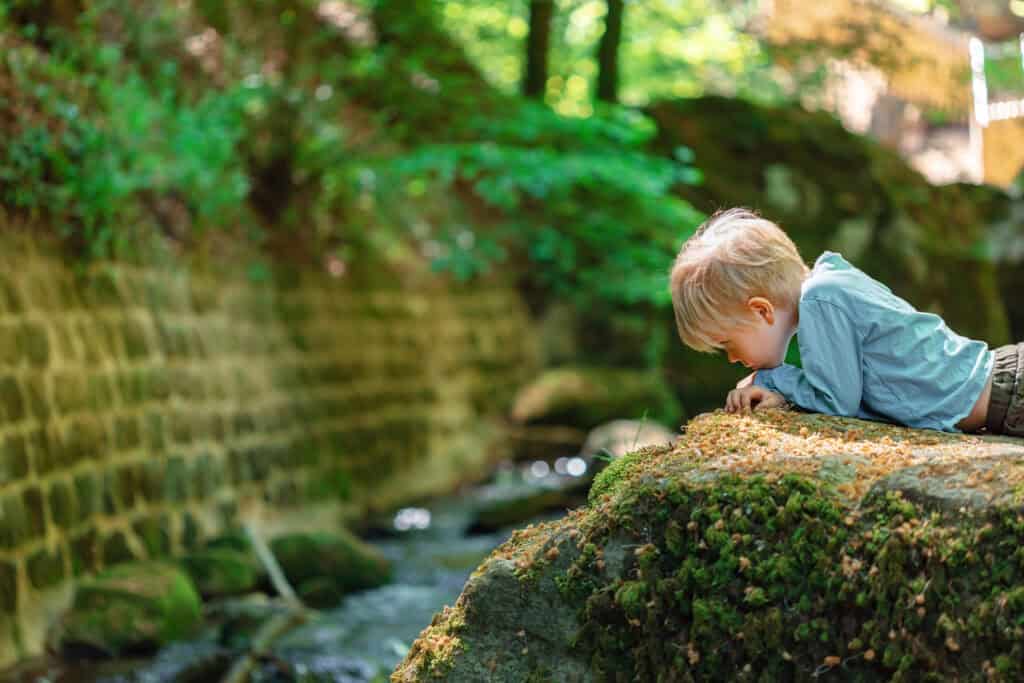
Beyond the individual, awe can shape organisations and regions. In schools or workplaces, try monthly “show-and-awe” sessions (student/colleague discoveries), art-in-the-hall rotations, or balcony/rooftop sunrise moments.
At the community or regional level, consider seasonal festivals, library-museum “wonder trails,” or city-wide stargazing nights that celebrate local cultures and languages. These structures make belonging visible and repeatable.
Free Resources for Parents
Parenting is a journey of mutual growth—and we’re here to support you along the way.
Explore our collection of free resources, including story dice, printable guides, conversation starters, and more—designed to help you deepen connection, build emotional resilience, and embrace mindful parenting.
Sign up for our newsletter and get access to our Freebies Library to explore tools that support your parenting journey.
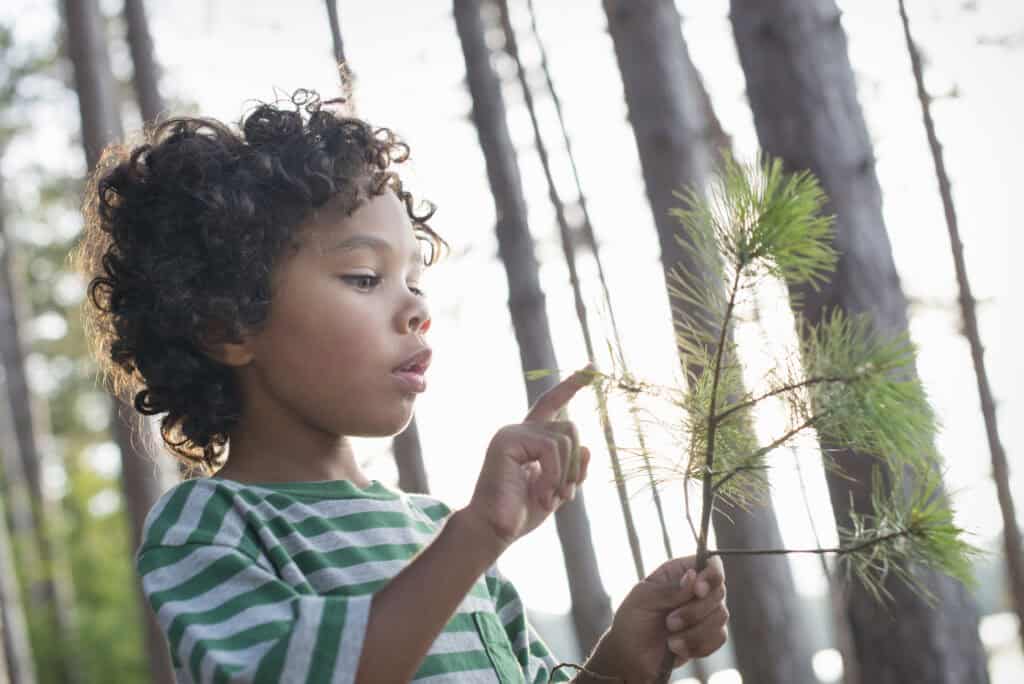
So What Does This Mean for Us?
It means that wonder can support reconnection—with our bodies, with each other, and with the world—but it won’t look identical for everyone. We can welcome that diversity and offer many paths into the experience. Because awe varies in intensity, comfort, and cues, effectiveness improves when we offer choices, encourage consent and opt-outs, and keep practicing until each person finds their way in.
So the next time you feel that breathless, heart-opening, tingly “wow”… pause. Your body is telling you: You’re witnessing something extraordinary.
Let it in. That’s where wonder begins. And when we practice often—alone, in families, classrooms, organisations, and neighbourhoods—those tiny pauses can add up to better mood, steadier bodies, and stronger bonds. Keep learning, keep adapting, and let your community’s cultures lead the way.

Reflect
What’s one moment today that stopped you in your tracks—even for a second?
Share your reflections, stories, or favourite awe rituals with our NeuroChild Village community—or tag us if you’re posting online.
References:
- Monroy, M., & Keltner, D. (2022). Awe as a pathway to mental and physical health. Perspectives on Psychological Science, 17(2), 305–328. https://doi.org/10.1177/17456916221094856
- Monroy, M., et al. (2023). The influences of daily experiences of awe on stress, somatic health, and wellbeing: A longitudinal study during COVID-19. Scientific Reports, 13, 9099. https://doi.org/10.1038/s41598-023-35200-w
- Monroy, M., Amster, M., Eagle, J., Zerwas, F. K., Keltner, D., & López, J. E. (2025). Awe reduces depressive symptoms and improves wellbeing in a randomised-controlled clinical trial. Scientific Reports, 15, 16453. https://doi.org/10.1038/s41598-025-96555-w
- Chirico, A., Ferrise, F., Cordella, L., & Gaggioli, A. (2017). Effectiveness of immersive videos in inducing awe: An experimental study. Scientific Reports, 7, 1218. https://doi.org/10.1038/s41598-017-01242-0
- Loy, L. S., et al. (2024). A virtually-induced overview effect? How seeing the world from space in VR shapes affect and awe. Journal of Environmental Psychology, 89, 102211. https://doi.org/10.1016/j.jenvp.2024.102211
- Li, J., Dou, K., & Liang, Y. (2019). Why awe promotes prosocial behaviors? The mediating effects of the small self and social connectedness. Frontiers in Psychology, 10, 1206. https://doi.org/10.3389/fpsyg.2019.01206
- Chirico, A., et al. (2018). Designing awe in virtual reality: An experimental study. Frontiers in Psychology, 8, 2351. https://doi.org/10.3389/fpsyg.2017.02351
- Rudd, M., Vohs, K. D., & Aaker, J. (2012). Awe expands people’s perception of time, alters decision making, and enhances wellbeing. Psychological Science, 23(10), 1130–1136. https://doi.org/10.1177/0956797612438731
- Laborde, S., Mosley, E., & Thayer, J. F. (2017). Heart rate variability and cardiac vagal tone in psychophysiological research – recommendations for experiment planning, data analysis, and data reporting. Frontiers in Psychology, 08. https://doi.org/10.3389/fpsyg.2017.00213
This piece was written for you by
Making complex ideas accessible and sparking meaningful conversations.
